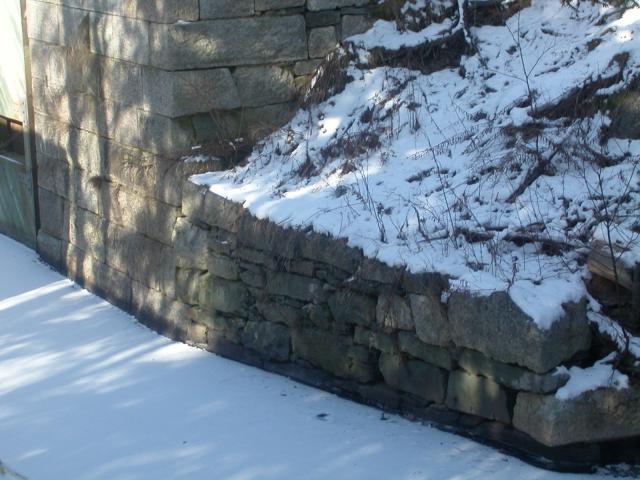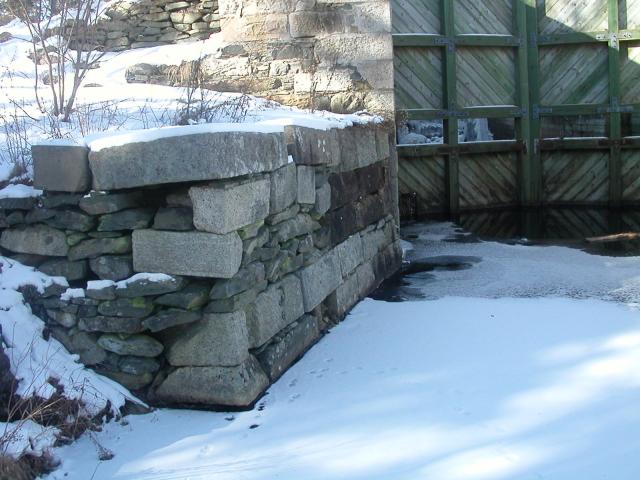
The Shubenacadie Canal runs from Halifax Harbour to the Minas Basin connecting 7 lakes and the Shubenacadie River. It was started in 1826 but wasn’t completed until 1861. Forty-four Scottish stonemasons and many Irish labourers were brought to Nova Scotia to work on the canal. We are not sure why the Irish were called labourers and the Scots stonemasons. One of the Irish “labourers” Michael Lahey is identified as a stonemason. Lahey is a well-known name in Dartmouth. Many of these masons and labourers settled in Dartmouth. The retaining wall in front of St. James Church in Dartmouth is built from stones salvaged from the canal.They were installed with the masons’ marks, which would normally have been hidden, facing out. These masons also laid the foundation of the first St. James Presbyterian Church on this site. They initially had trouble with the stonework of the canal because the building method was not suitable for Canadian winters. They began with the “British method” of canal building and eventually replaced it with the American method which used vertical slats of wood between locally procured stones. The portobello dam tunnel picture was scanned from a book. My sister told me where to find the dam, but I will have to go there to get a picture. It’s beautiful. The wall is massive and was used to create a holding pond.
 shubenacadie Canal Lock dry stone work.
shubenacadie Canal Lock dry stone work.
 Shubenacadie Canal Lock
Shubenacadie Canal Lock





